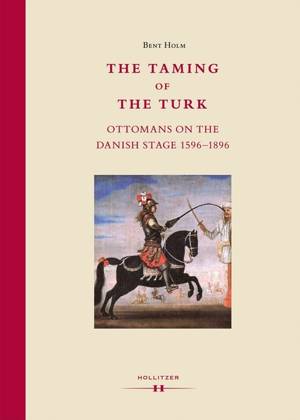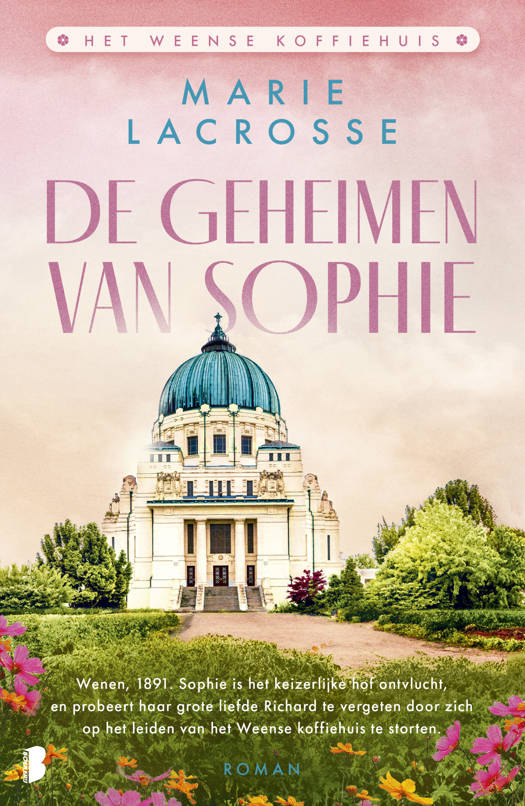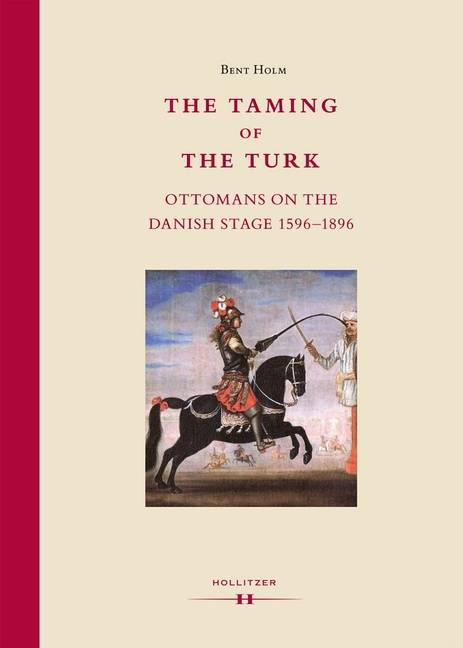
- Afhalen na 1 uur in een winkel met voorraad
- Gratis thuislevering in België vanaf € 30
- Ruim aanbod met 7 miljoen producten
- Afhalen na 1 uur in een winkel met voorraad
- Gratis thuislevering in België vanaf € 30
- Ruim aanbod met 7 miljoen producten
Zoeken
Omschrijving
For centuries the figure of 'the Turk' spread fascination and fear - in the theatre of war and on the theatrical stage. On the one hand, 'the Turk' represented a spectacular dimension, an imaginary world of pirates, sultans and odalisques; on the other hand, he stood for the actual Ottoman Empire, engaged in long-lasting confrontations and exchanges with Occidental powers. When confronted with historical circumstances - military, commercial and religious - the cliché image of 'the Turk' dissolves in complex combinations of potential references.The Taming of the Turk: Ottomans on the Danish Stage 1596-1896 elucidates, for the first time, three centuries of cultural history as articulated in dealings between the Kingdom of Denmark and the Ottoman Empire seen in a general European context. From the staging of 'the Turk' as a diabolical player in royal ceremonies of early modern times, to the appearance of harmless 'Turkish' entertainment figures in the late nineteenth century. Artistic, theatrical and theological conceptions co-act in paradoxical ways against a backdrop of pragmatic connections with the Ottomans.The story of this long-forgotten connection between a small northern-European nation and a mighty Oriental empire is based on a source material - plays, paintings, treaties, travelogues etc. - that has hitherto chiefly been neglected, although it played a significant role in earlier times. The images of 'exotic' figures sometimes even turn out to be self-images. The documents hold the keys to a number of mental and fundamental (pre)conditions, and thus even to imagery constructions of our day.
Specificaties
Betrokkenen
- Auteur(s):
- Vertaler(s):
- Uitgeverij:
Inhoud
- Aantal bladzijden:
- 348
- Taal:
- Engels
- Reeks:
- Reeksnummer:
- nr. 2
Eigenschappen
- Productcode (EAN):
- 9783990121184
- Uitvoering:
- Hardcover
- Afmetingen:
- 178 mm x 245 mm
- Gewicht:
- 747 g

Alleen bij Standaard Boekhandel
+ 108 punten op je klantenkaart van Standaard Boekhandel
Beoordelingen
We publiceren alleen reviews die voldoen aan de voorwaarden voor reviews. Bekijk onze voorwaarden voor reviews.








